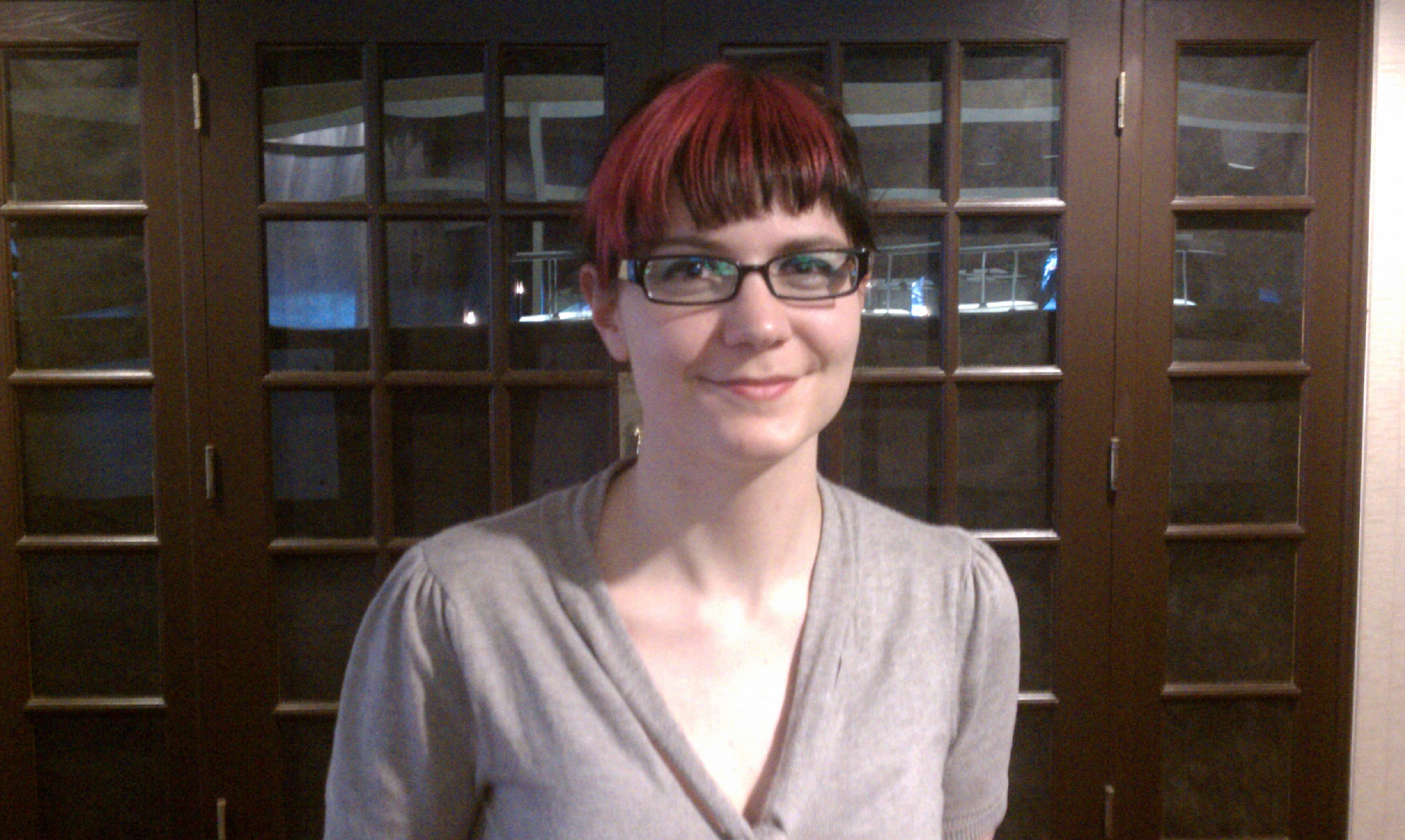How to Do Space Science at Home: Q&A With Space Geek Ariel Waldman

AUSTIN — There was a time when only test pilots, scientists with multiple Ph.D.s and the occasional school teacher could participate in cutting-edge space science. Thanks to cheap electronics, vibrant Internet communities and people like Ariel Waldman, that time is long gone.
Waldman studied design in school, but found herself working for NASA on some of their earliest social networking projects. A self-professed space geek and founder of Spacehack.org, Waldman devotes her time to helping laypeople get involved in promoting and conducting space science.
At the South by Southwest music, film and interactive technology conference here, Waldman talked to InnovationNewsDaily about the merits of citizen science, the best space projects for different people and how to launch something into space for $150.
InnovationNewsDaily: Ariel, I understand people wanting to be involved in research, but can laypeople do the work of scientists who spent years studying? I wouldn't want to crowd-source my open heart surgery, for instance.
Ariel Waldman: Well, anything that deals with the body is pretty scary, in that sense. But the important thing is having the open collaboration model. It doesn't have to be hardcore research. You can benefit your field just by learning new ways of communication. I'm not calling for an end to experts, I'm trying to show what regular people have to offer experts. Space hacking is about proving an area for people to collaborate, even if they don’t have a science background. It’s about actively contributing and open collaboration.
INO: How did you get involved with space hacking, considering you have a background in design?
Waldman: Back in 2008, I was watching a great documentary called "When We Left Earth," and I found it so inspiring that I decided to send a shot in the dark letter to NASA that I wanted to work for them. I had no scientific background whatsoever. But I was able to get a job anyway because the day I emailed them, they had created a job for someone just like me. [Vote: 21st Century's Greatest Space Innovators]
Get the Space.com Newsletter
Breaking space news, the latest updates on rocket launches, skywatching events and more!
INO: What are the best ways for people of different age levels and skill levels to get involved in space research?
Waldman:With the research end, it's a lower bar to entry. It's more about coding and presenting the data right. Anyone can use Galaxy Zoo [a site that lets laypeople look at telescope images to help with the identification of different galaxy types]
With a high school student level, I think the Spirit of Innovation awards are great because they put the students in front of venture capitalists, who can really get things done. There's a lot of hand-holding, which is also good. For college students, getting involved with Students for the Exploration and Development of Space is best. They are a great organization, and have a great support network.
Most of the projects on Spacehack.org are for adults, but kids can get involved with a pretty good portion of the projects too. I think the majority of grants are focused on children, as they should be, but people forget that if you graduated from college without a degree in science, you are not useless to science. There needs to more of an emphasis on that.
INO: How expensive are those adult projects? Can anyone do them?
Waldman: As far as sending stuff into space, those projects cost about $150. And since you're going to want to do those with a team, that money is spread over a number of people.
You just need an arduino [a cheap, easily programmed part designed for controlling other digital devices], a weather balloon, which you can get off of the Internet, a cheap camera and a Styrofoam box. It doesn't take months to do, either. You can do it very casually, meeting with your team once a week. [Student Balloon Photographs Shuttle Launch]
INO: You've run a number of live events to promote DIY space exploration — what was the most surprising outcome of those meetings?
Waldman: Getting Web and tech people and science researchers together. They don't talk, and it's absurd. The collaboration when they work together is perfect, which is why it boggles my mind that they don't interact more socially. The collaboration really leads to better things.
This story was provided by InnovationNewsDaily, a sister site of SPACE.com. You can follow Stuart Fox on Twitter @Stuart_Fox.
Join our Space Forums to keep talking space on the latest missions, night sky and more! And if you have a news tip, correction or comment, let us know at: community@space.com.
Stuart Fox currently researches and develops physical and digital exhibit experiences at the Science Liberty Center. His news writing includes the likes of several Purch sites, including Live Science and Live Science's Life's Little Mysteries. He's a former contributing writer for Space.com in the areas of Technology, Satellites, and Human Spaceflight. His works also appeared online for SpaceNews and Popular Science.










